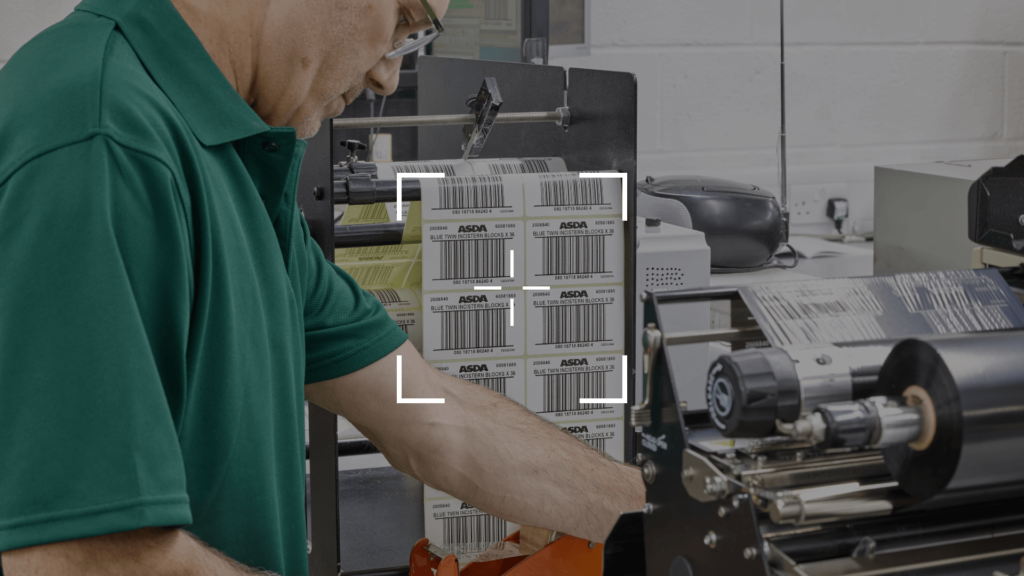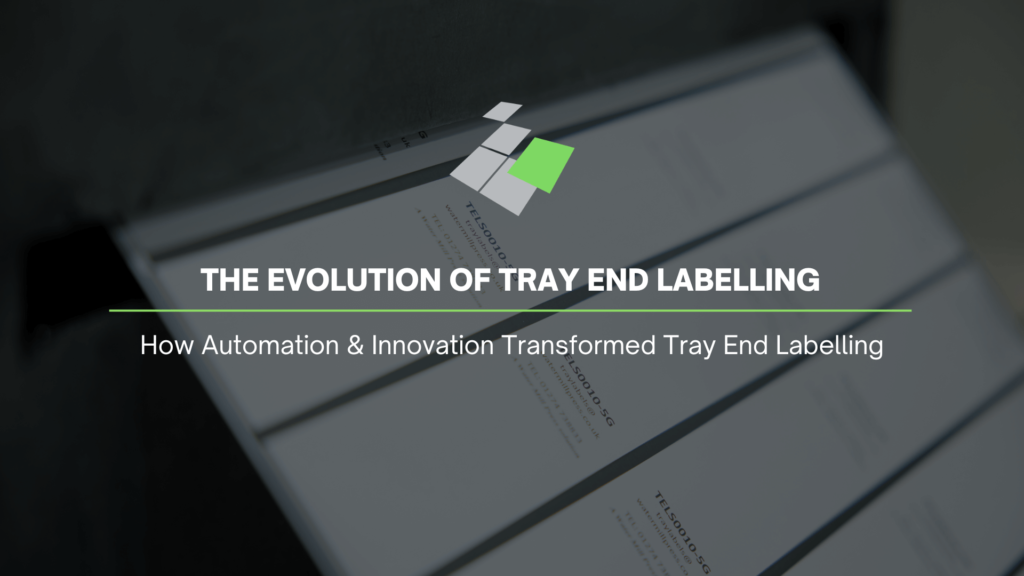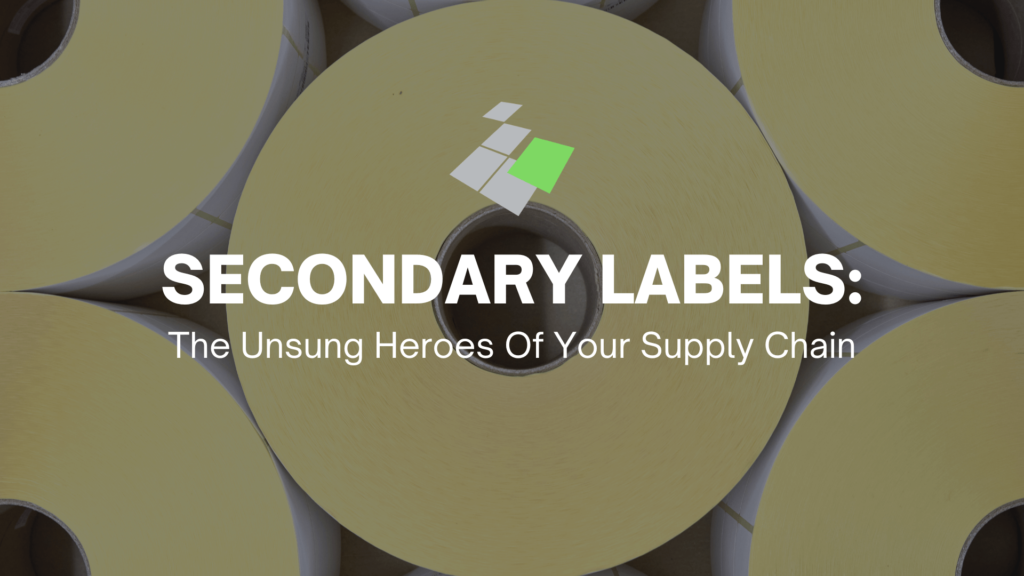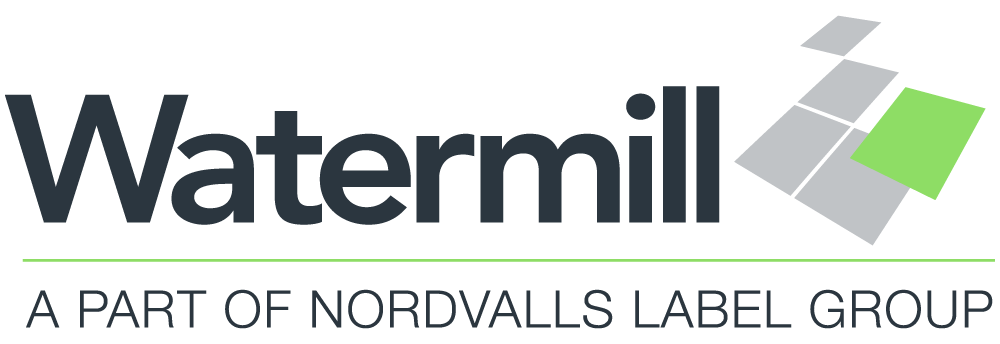Direct Thermal vs Thermal Transfer Printers: Making the Right Choice for Your Business Needs
When it comes to printing labels and barcodes thermal printing technologies dominate the field due to their efficiency and high-quality output. The two primary types of thermal printers are Direct Thermal and Thermal Transfer printers. While both use heat to print, their methods, applications, and advantages differ. Here's an in-depth look at each technology to help you determine which is the best fit for your needs.

What Are Direct Thermal Printers?
Direct thermal printers create images by applying heat directly to chemically treated, heat-sensitive material. No ink, toner, or ribbon is required. Instead, the media darkens where heat is applied, producing a sharp and clear image.
Key Features of Direct Thermal Printers
- Less Consumables: Only heat-sensitive paper is needed, reducing operational costs.
- Low Maintenance: With fewer moving parts, wear and tear are reduced. However, experienced engineers point out that it may be more abrasive on the printheads, though a proper cleaning routine can help extend their lifespan.
- Best For Short-Term Use: Ideal for labels or receipts that do not need to last long.
Applications
- Shipping labels
- Receipts
- Event tickets
- Food Standard labels (expiry dates, batch numbers)
Limitations
- Susceptible to fading when exposed to heat, light, or friction.
- Limited durability, making it unsuitable for long-term labelling.


What Are Thermal Transfer Printers?
Thermal transfer printer applies heat to transfer the ribbon’s ink onto various surfaces like paper, plastic, or polyester which creates durable, high-quality images. The printers use a ribbon coated with wax, resin, or a combination of both.
Key Features of Thermal Transfer Printers
- Long-Lasting Output: Resistant to fading, smudging, and environmental conditions.
- Versatile Media Options: Compatible with a wide range of materials beyond paper.
- Superior Print Quality: Produces sharp and high-resolution images.
- Additional consumables: Requires ribbons and sometimes special labels.
Applications
- Product identification labels
- Asset tagging
- Outdoor labelling (durable in extreme temperatures and weather)
- Compliance labelling for chemicals
- Despatch labels
- Industrial Labels
- Food Standard Labels
Limitations
- Requires ribbons
- More complex mechanism, leading to higher maintenance needs.
Which Is Best for You?
Choosing the right printer depends on your specific needs:
-
- Choose Direct Thermal Printers if:
- You need a cost-effective solution for short-term labels
- Applications involve environments where labels won’t be exposed to heat or sunlight.
- Minimal maintenance and simplicity are priorities.
- Choose Thermal Transfer Printers if:
- You require a versatile printer that works on different media types.
- Labels need to withstand harsh conditions (heat, cold, chemicals, or abrasion).
- Long-term durability and premium print quality are essential such as despatch labels and outer case labels
- Choose Direct Thermal Printers if:
Choosing between direct thermal and thermal transfer printers is more than just a technical decision, it’s a strategic one that can transform how your business operates. Whether you need crisp, short-term or durable, long-lasting labels, the right choice can drive efficiency and elevate your output. Still undecided? Let us take the guesswork out of the equation. Our team of experts is ready to guide you toward the perfect printing solution, tailored precisely to your needs. Partner with us and unlock the potential of your printing strategy.
Related Posts
Explore our knowledge hub dedicated to secondary labelling and tertiary packaging. Dive into informative articles that reflect our expertise and values, offering clarity on key topics while addressing your questions and concerns.

10 Key Reasons Why Leading UK Businesses Switch Label Suppliers
In the fast-paced world of retail, every detail matters, especially labels. Without them, finished products wouldn’t reach the consumer. From primary to secondary packaging and tertiary packaging, a manufacturer’s choice of supplier can significantly impact operations, costs, and customer experience.

The Evolution of Tray End Labelling
In the ever-evolving world of logistics and distribution, tray end labels, also known as tray end cards, have become an essential part of the supply chain infrastructure. First introduced several decades ago, these labels were designed to bring clarity, efficiency, and traceability to crate-based transportation systems.

Secondary Labels: The Unsung Heroes of Your Supply Chain
In the world of business operations, supply chains, and manufacturing, some elements tend to fly under the radar, until they become critical. One of these often overlooked components is the secondary label. For stakeholders focused on driving efficiency, sustainability, and cost-effectiveness, understanding what secondary labels are and their strategic role is key.
